When a train jumped the tracks this past week at New York’s Penn Station, the seemingly minor accident led to a cascade of exasperating delays for hundreds of thousands of commuters.
When a flood forced authorities to condemn a one-lane, century-old bridge in rural Ozark, Missouri, it was no less frustrating for the residents and business owners cut off from their shortest route into town.
The two episodes highlight a reality about the U.S. transportation system — it is aging, congested and so vital that when things go wrong, big and costly disruptions can result for which there is no quick fix.
Though President Donald Trump has promised a $1 trillion infrastructure-rebuilding program, not all of that may go toward transportation. Even then, it would fall well short of the many trillions needed to fix the country’s web of roads, bridges, railways, subways and bus stations.
The commuter train in New York derailed because of a weakened railroad tie. No one was seriously injured. But the incident shut down eight of the station’s 21 tracks, disrupting Amtrak service in the Northeast from Boston to Washington, as well as delaying commuter trains in New York, New Jersey and Connecticut for the better part of a week.
Business meetings were canceled, ballgames, dinners and doctor’s appointments missed, and commuters fumed.
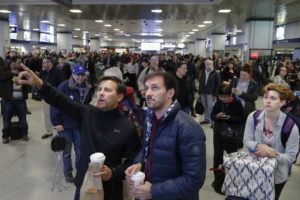
Lawyer Dominic Boone, who travels into New York from New Jersey, complained that because he arrived late to the office and had to leave early to catch a different train, he lost 10 hours of work for which he could have billed clients.
“They should have been working on Penn Station forever ago,” Boone said. “As a nation, we should be spending more on our crumbling infrastructure.”
Century Old Tunnels
The disruption was only a brief example of the frustration travelers could face if the region can’t find a way to replace a pair of deteriorating, overcrowded, century-old rail tunnels that run under the Hudson River and connect New York and New Jersey.
The tunnels, which were severely damaged in Superstorm Sandy in 2012, could cost more than $20 billion to replace. But the money has yet to be lined up. And construction, whenever it begins, may take more than a decade.
The Penn Station derailment came less than two weeks after another one there, caused by a misaligned track.
Atlanta Overpass
And it happened just days after motorists in Atlanta were forced to begin taking long, bumper-to-bumper detours because a fire collapsed an Interstate 85 overpass linking the city to some of its biggest suburbs. Arson — not aging steel and concrete — is suspected there. It could take until mid-June to repair the highway.
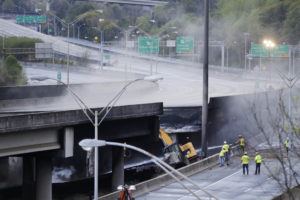
Earlier this year, a cracked steel beam forced the closing of a major bridge between Pennsylvania and New Jersey for 11/2 months.
Improving the nation’s roads and bridges would require $120 billion a year through 2020, according to a recent U.S. Department of Transportation estimate. But annual spending at all levels of government is just $88 billion. And the nation’s mass transit systems have over a $90 billion backlog of maintenance and repair needs.
The capacity of the nation’s transportation system is lagging behind population growth, leading to ever greater congestion. By 2040, nearly 30,000 miles of the nation’s busiest highways are expected to be clogged on a daily basis.
Rural Challenges
Rural communities also face challenges, partly because they have fewer residents over whom to spread the cost of transportation improvements. Grant County, Oklahoma, for example, has more than 3,500 bridges with a population of about 4,500 and an economy based on agriculture and energy production.
“While this infrastructure was ideal 70 years ago for transporting livestock and crops, it is inadequate to support today’s heavier trucks, increased traffic and higher operating needs,” county commission chairwoman Cindy Bobbitt told U.S. senators at a recent hearing.
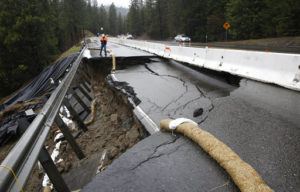
The complexities of government can sometimes slow down improvements, as cities, counties, states, port authorities, special taxing districts and federal agencies all have a say in which projects get built, when to do the work and how to pay the bills.
Plans for wider roads and new rail lines can also face opposition from the communities they pass through because of concerns about noise, pollution and diminished property values.
“Of course I believe there needs to be more” infrastructure investment, said Martin Wachs, a retired professor of civil and environmental engineering and urban planning at the University of California, Los Angeles. “At the same time, political decisions have to be made that weigh that against investments in education and health care and so forth.”
Higher Taxes
At least 20 states have raised taxes or fees for transportation over the past five years.
California became the latest to do so last week, as legislators passed a bill to raise $5 billion annually through higher fuel taxes and vehicle fees to pay for road and bridge repairs, public transit and pedestrian trails.
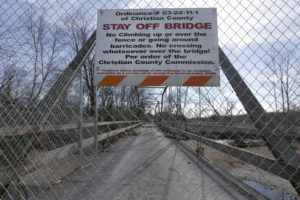
The plan tackles part of a $137 billion backlog of deferred maintenance on state highways and local roads. It came together after a destructive winter in which flooding caused nearly $600 million in damage to highways.
Indiana and Tennessee are among other states considering raising fuel taxes and fees for transportation this year.
In Ozark, a town of fewer than 20,000 people in Missouri, voters approved a transportation sales tax Tuesday of three-eighths of a cent, with some of the proceeds going toward a new, $3 million two-lane bridge to replace the narrow structure that has been closed since it was damaged by flooding in 2015.
The bridge closing has forced 75-year-old Gary Jenks to drive an extra 10 minutes along a circuitous route every time he needs to go the doctor or pharmacy or visit his family on the opposite side of town.
“It’s just been a total inconvenience and a burden,” Jenks said.
Associated Press reporter Karen Matthews contributed from New York. Lowy reported from Washington and Lieb from Jefferson City, Missouri.
Topics USA Flood New York Tech Agribusiness New Jersey Missouri
Was this article valuable?
Here are more articles you may enjoy.
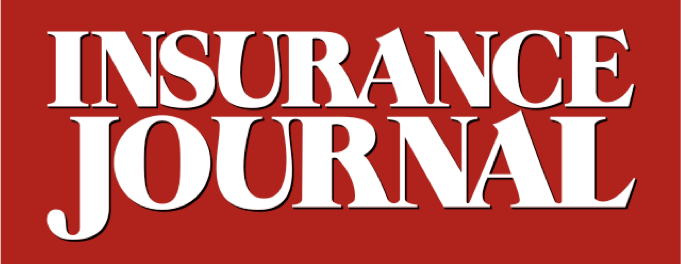

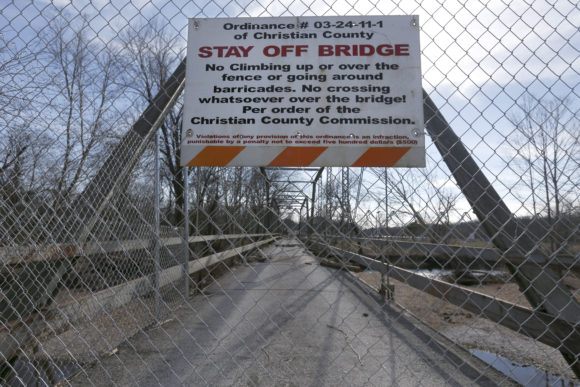
 Baldwin Group to Buy CAC Group for About $1B in Cash and Stock
Baldwin Group to Buy CAC Group for About $1B in Cash and Stock 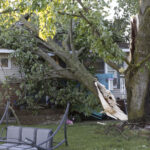 One of Highest Property Claims Severity Recorded in Q3 on Low Volume, Says Verisk
One of Highest Property Claims Severity Recorded in Q3 on Low Volume, Says Verisk  WTW to Acquire Newfront in Deal Worth Up to $1.3B
WTW to Acquire Newfront in Deal Worth Up to $1.3B  ‘Dream Is in Sight:’ Chamber, Reinsurers, Insurers Urge Florida to Stay the Course
‘Dream Is in Sight:’ Chamber, Reinsurers, Insurers Urge Florida to Stay the Course 

